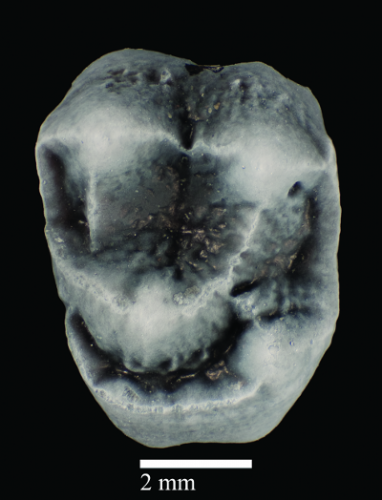
This week’s Fossil Friday (and Earth Day) feature highlights an important new discovery that was just published in the journal Nature this week. Seven fossil teeth of a platyrrhine, or New World Monkey, named Panamacebus transitus were found at the Lirio Norte locality of Las Cascadas, and these teeth are the first known evidence of New World Monkeys in North America. The discovery of the teeth has also rewritten the history of mammalian dispersals from South America to North America, as they are the oldest record of a mammal dispersing from South America to North America with an age of 20.93 ± 0.17 Ma.
To learn more about this key discovery, read the publication on it here.
Reference:
Bloch, J. I., Woodruff, E. D., Wood, A. R., Rincon, A. F., Harrington, A. R., Morgan, G. S., Foster, D. A., Montes, C., Jaramillo, C. A., Jud, N. A., Jones, D. S., and MacFadden, B. J. 2016. First North American Fossil Monkey and Early Miocene Tropical Biotic Interchange. Nature. doi:10.1038/nature17415